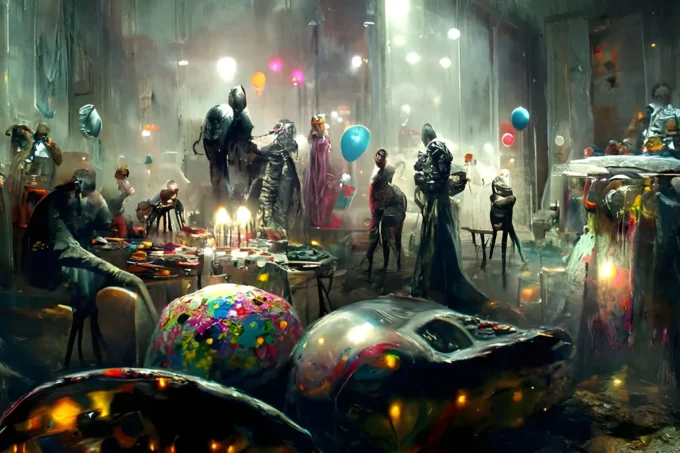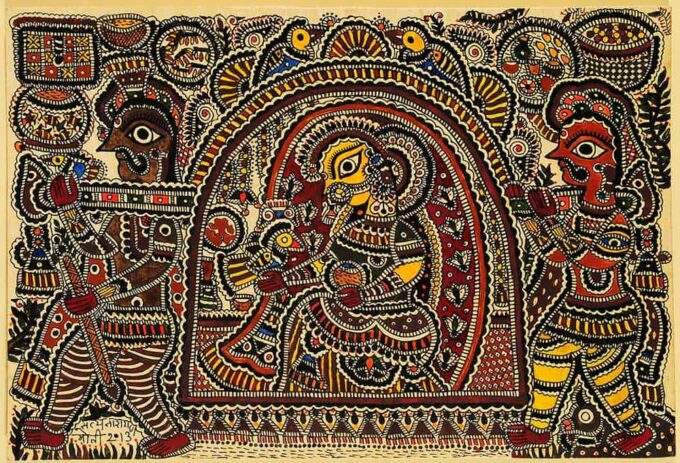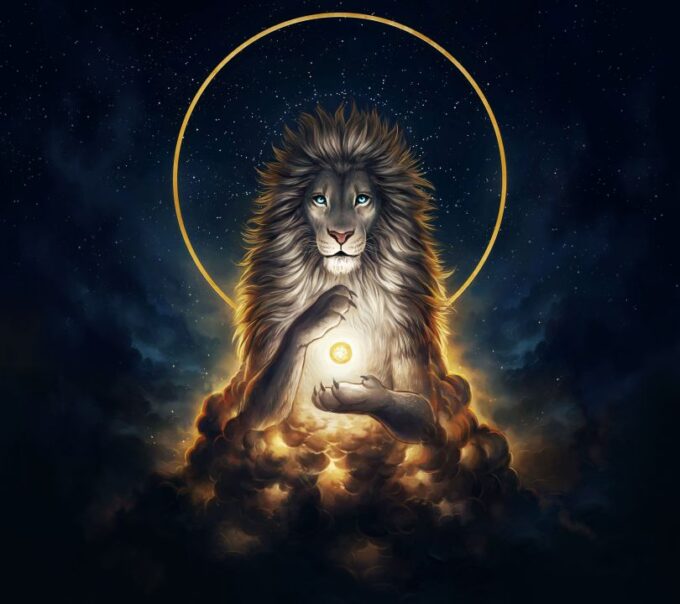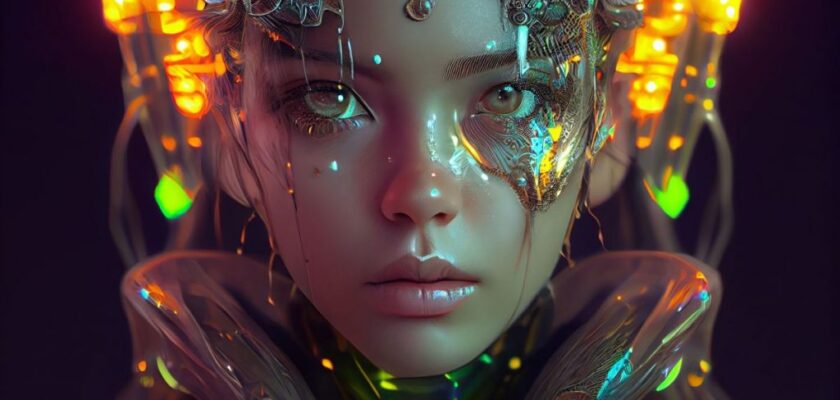The breakthrough of AI technology in art has opened up a new world of creative possibilities, revolutionizing the way artists create, exhibit, and sell their work. AI-powered tools have enabled artists to experiment with new techniques, styles, and mediums, creating artworks that were previously impossible to produce.
One of the most significant breakthroughs in AI technology in art is the ability to create realistic 3D models and animations. Using machine learning algorithms, artists can now generate lifelike digital sculptures, characters, and environments. This has opened up new avenues for artists working in film, gaming, and virtual reality, enabling them to create immersive and interactive experiences for their audiences.
It has also revolutionized the way artworks are created, allowing artists to automate repetitive and time-consuming tasks. For example, AI algorithms can now generate color palettes, suggest composition, and even complete unfinished artworks. This has enabled artists to focus more on the creative aspects of their work, while also increasing their productivity.
Moreover, it has transformed the way art is exhibited and sold. With the rise of virtual and augmented reality, art can now be experienced in new and innovative ways, allowing audiences to interact with artworks in real-time. Additionally, AI algorithms can help match collectors with artworks that match their preferences, making it easier for artists to sell their work and for collectors to discover new pieces.
One area where the breakthrough of AI technology in art has led to heated discussions is the “AI Art Battle.” This refers to the debate surrounding the role of AI in art creation and whether it should be considered a legitimate form of artistic expression. Some argue that AI-generated artworks lack the emotional depth and human touch of traditional art, while others argue that that is a new and exciting form of creativity that pushes the boundaries of what is possible. Despite the controversy, there is no denying that AI technology has already made a significant impact on the art world, and it will be interesting to see how the AI Art Battle evolves as the technology continues to advance.
In conclusion, the breakthrough of AI technology in art has transformed the way artists create, exhibit, and sell their work. The technology has enabled artists to experiment with new techniques and mediums, automate repetitive tasks, and reach a wider audience. As the technology continues to evolve, it is likely that we will see even more breakthroughs in the world of AI art.
The Birth Of AI Generated Artworks

Source: creator.nightcafe.studio
The birth of AI-generated artworks can be traced back to the 1960s, when artists began experimenting with computers as a creative tool. However, it was not until the emergence of machine learning algorithms that it truly took off.
In the early 2000s, artists began using machine learning algorithms to create generative artworks, which were designed to evolve and change over time. These early experiments paved the way for a new era of AI-generated art that was not just reactive but also proactive.
As machine learning algorithms became more sophisticated, they began to surpass the limits of human creativity, producing artworks that were breathtakingly beautiful and complex. These artworks were not just imitations of human art but represented a new form of creative expression that was uniquely machine-generated.
One of the most famous examples of AI-generated art is the Portrait of Edmond de Bellamy, which was created by the Paris-based art collective Obvious in 2018. The artwork, which sold for a record-breaking $432,500, was generated by an AI algorithm trained on a dataset of historical portraits.
The birth of AI-generated artworks has transformed the art world, creating a new form of creative expression that blurs the boundaries between man and machine. As the technology continues to evolve, it is likely that AI-generated art will become even more sophisticated, pushing the boundaries of what is possible in the world of art.
AI Combining With Traditional Art Forms

Source: laasyaart.com
As AI technology continues to evolve, it is increasingly being combined with traditional art forms, leading to new and exciting forms of creative expression. AI algorithms are being used in music, literature, dance, and even traditional visual art forms like painting and sculpture.
– In music, AI algorithms are being used to generate new compositions, analyze existing music, and even perform alongside human musicians. This has enabled musicians to experiment with new sounds and styles, and has also opened up new avenues for music education and appreciation.
– In literature, they are being used to analyze texts, generate new stories and poems, and even complete unfinished works by famous authors. This has led to the emergence of new forms of storytelling, blurring the boundaries between human and machine-generated narratives.
– In dance, they are being used to create new choreography and enhance performers’ movements. This has enabled dancers to push the boundaries of what is physically possible and create more dynamic and engaging performances.
– In visual art, they are being used to create new forms of art that combine machine-generated elements with traditional mediums like painting and sculpture. For example, artists can now use AI algorithms to generate new color palettes or suggest new compositions, which they can then incorporate into their traditional artworks.
The combination of AI with traditional art forms has the potential to transform the way we think about and create art. It enables us to experiment with new techniques, push the boundaries of creativity, and create new forms of artistic expression that were previously impossible to achieve.
To Conclude

Source: creativeboom.com
AI technology is revolutionizing the creative arts, transforming traditional art forms and inspiring a new generation of artists. AI is creating a new intersection of art and technology that brings unprecedented opportunities for exploration into questions surrounding creativity, authorship, copyright, access, and more. AI-generated artwork has the potential to change traditional art forms forever while opening up endless possibilities for expression through interdisciplinary creativity enabled by artificial intelligence technology.

